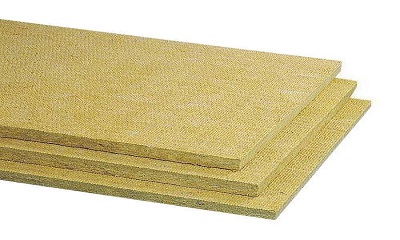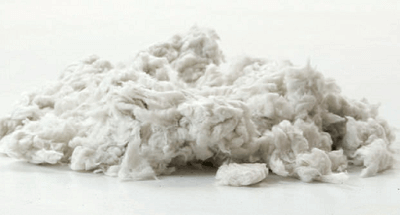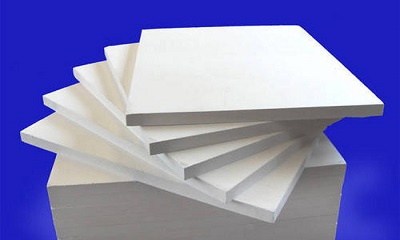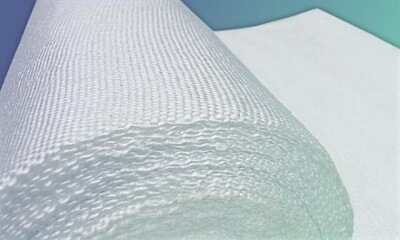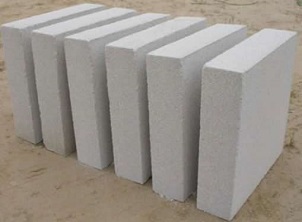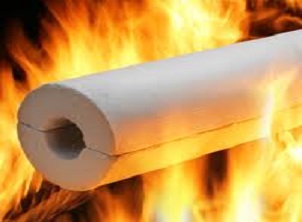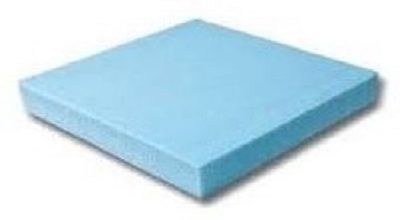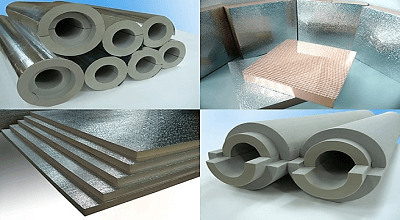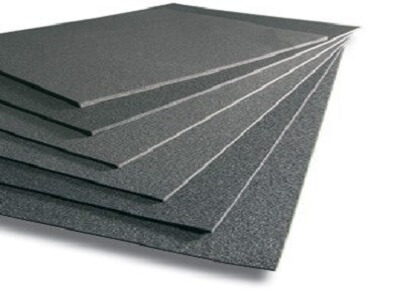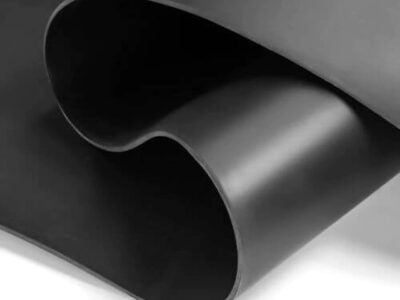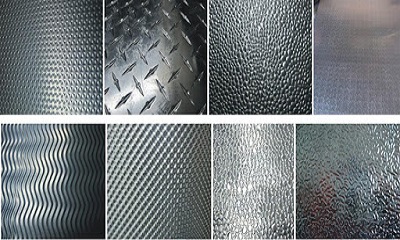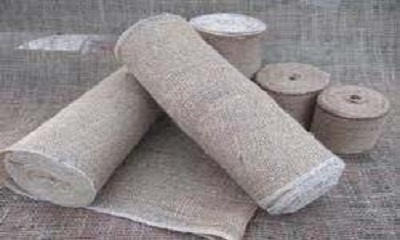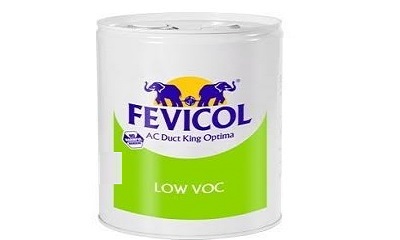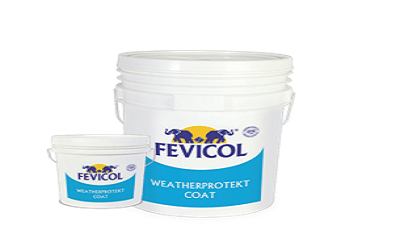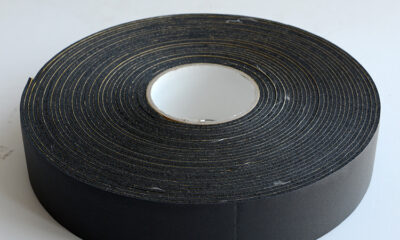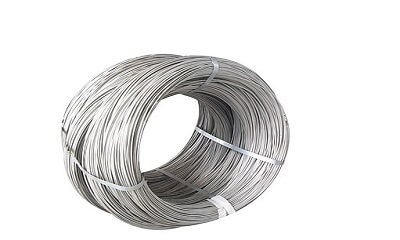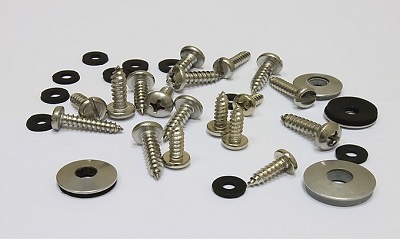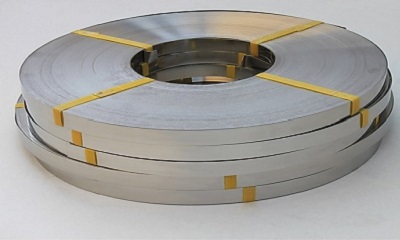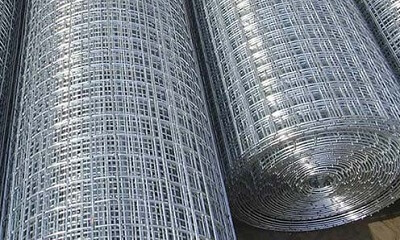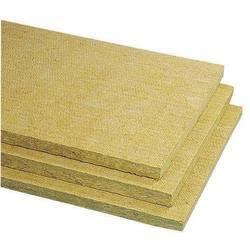HVAC (HEATING, VENTILATION AND AIR CONDITIONING) :
HVAC Insulation refer to different systems used to provide heating or cooling by process of exchange of replacing or exchanging air within a space. This provides a better quality of air indoors and involves the removal of moisture, smoke, odors, heat, dust, airborne bacteria, carbon dioxide, and other gases as well as temperature control and oxygen replenishment. Its goal is to provide thermal comfort.
HVAC Insulation system design is based on thermodynamics, fluid mechanism and heat transfer. It is an Important part of any kind of residential and commercial buildings. It is also used in vehicles like ( Cars, Trains, Airplanes, Ships, Submarine and Marine). Due to its various nature it produces unwanted noise and high possibility of heat transfer. To protect heat transfer and to avoid noise, Insulation play a critical role in any HVAC Insulation System.
- Form the energy prospective ducts are to be insulated for thermal performance (Includes heat loss and gain) and to control sound.
- Ducts are passages used in heating, ventilation and air conditioning (HVAC) to remove and carry air. Airflow includes supply, return and exhausts air. Ducts are used to carry and remove air to support air Ventilation. To maintain the temperature these ducts are to be insulated.
- Duct Insulation also prevents condensation in the cold region.
- Chilled Water line are also insulated to prevent any condensation or moisture on it
Closed cell Insulation is most commonly specified material used for cold work because it possesses a degree of resistance to water vapour and prevent condensation than the fibrous material, how ever they lack an important characteristic of being incombustible in nature which only Fibrous Insulation has.
- Expanded Polystyrene Insulation (EPS) – Thermocole
- Fiber Glasswool Rolls and Boards
- Polyurethane Insulation (PUFF)
- Thermo Isolate / Oxide Acetate Foam
- Elastomeric Nitrile Rubber (NBR)
- Chemically Cross linked Polyethylene Foam (XLPE)


